Plant Growth Comparisons
greengrass12
16 years ago
Related Stories

SUMMER GARDENINGHow to Grow Basil
Bright color, quick growth and endless uses for cooking make this summer annual a winner in the garden or a pot
Full Story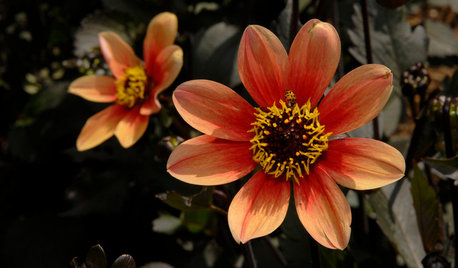
FLOWERSGreat Design Plant: Dahlias
Pick this flamboyant stunner for its amazing array of colors and faces, fast growth and sizes that can fill a pot or a whole garden
Full Story
GARDENING GUIDESHow to Find the Right Native Plants for Your Yard
Find plant maps, sale sites and guides that make going native in the garden easier than ever
Full Story
LANDSCAPE DESIGNThe 7 Best Plant Types for Creating Privacy and How to Use Them
Follow these tips for using different kinds of plants as living privacy screens
Full Story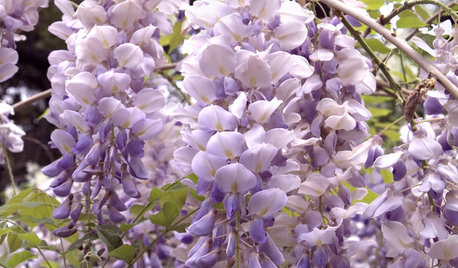
SPRING GARDENINGSpring Planting: Wonderful Wisteria
Classic Vines Add Fragrance, Color and Romance to Garden Designs
Full Story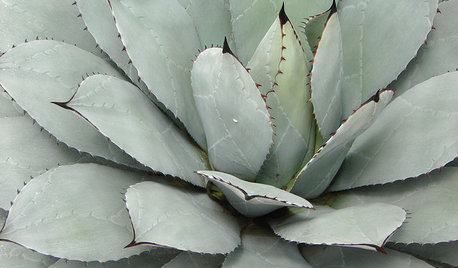
FOLIAGEGet a Cool Garden Look With Gray and Blue Plants
Looking for plants that calm with color in the heat of summer? Look no further than these 14 soothing beauties
Full Story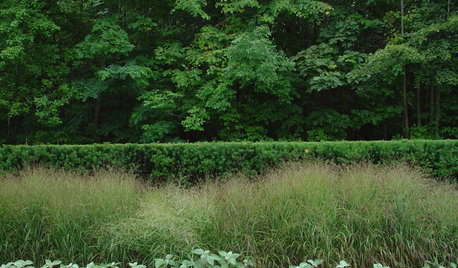
GARDENING GUIDESGreat Design Plant: Taxus x Media ‘Hicksii’
Need a strong, silent type in your garden? Hicks yew may be your perfect match
Full Story
GARDENING GUIDES8 Plants That Snobs Love to Hate — and You'll Love to Grow
Don't dismiss these common annuals, perennials and shrubs — there are reasons they've been popular for so long
Full Story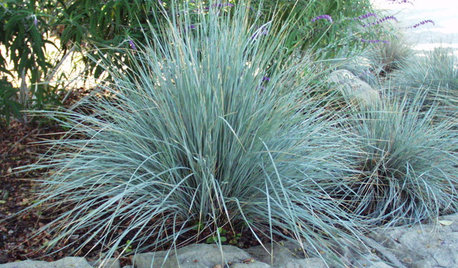
BLUE AND GRAY FOLIAGEGreat Design Plant: Blue Oat Grass
For soothing coolness in a garden or container, this evergreen grass is the low-maintenance and hardy choice to know
Full Story
GARDENING AND LANDSCAPINGChoosing a Deck: Plastic or Wood?
Get the pros and cons of wood, plastic, composite and more decking materials, plus a basic price comparison
Full StoryMore Discussions






object16
object16
Related Professionals
Newcastle Landscape Architects & Landscape Designers · Westwood Landscape Contractors · Bridgeport Landscape Contractors · Olympia Landscape Contractors · Santa Maria Landscape Contractors · Snoqualmie Landscape Contractors · St. Louis Landscape Contractors · San Pablo Landscape Contractors · Clearfield Landscape Contractors · Phoenix Fence Contractors · Fremont Fence Contractors · New Orleans Roofing & Gutters · The Colony Roofing & Gutters · Chicago Ridge Roofing & Gutters · SeaTac Roofing & Guttersshrubs_n_bulbs
greengrass12Original Author
object16
object16
shrubs_n_bulbs
object16
shrubs_n_bulbs
object16
object16
shrubs_n_bulbs
object16
greengrass12Original Author
object16
shrubs_n_bulbs
greengrass12Original Author
object16
cardiocrinium
object16
object16